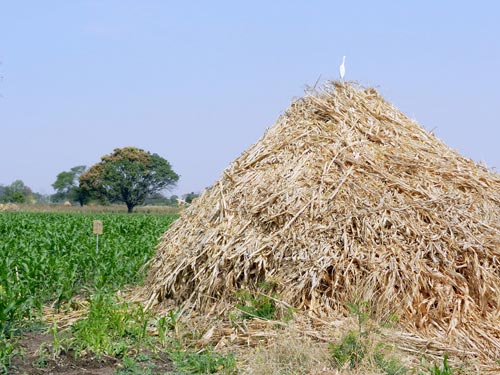
By Brenna Goth/CIMMYT
Maize stover – the part of the crop left over after grain harvest – provides a promising option for feeding livestock in India, according to research by CIMMYT and the International Livestock Research Institute (ILRI). Now, the two organizations are working together to select and breed dual-purpose maize varieties optimized for both grain and stover production.
Maize production is rapidly increasing in India, largely due to the growing poultry industry, and is replacing crops such as rice, sorghum, legumes and wheat in some areas, said CIMMYT maize breeder P.H. Zaidi, who is helping lead research on the topic. To be sustainable, the crop must be able to produce a high grain yield and quality stover as fodder for domestic and commercial use. “Dual-purpose maize is needed to meet both the poultry industry demand for grain and the demand for good quality stover to feed cattle,” Zaidi said. In India, maize is largely treated as a single-purpose crop grown for grain, ignoring its potential for stover.
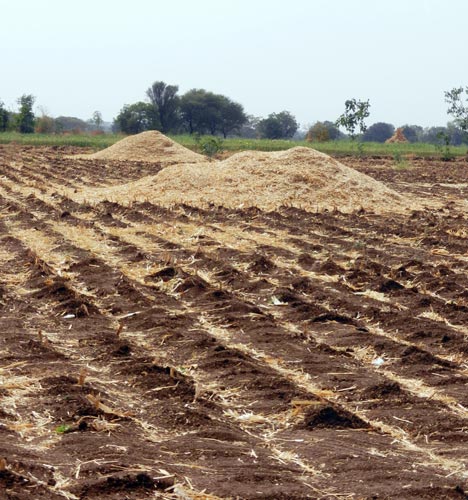
CIMMYT has been studying the possibility of dual-purpose maize for the past several years. In 2009, a focused study began in collaboration with ILRI under the Cereal System Initiative for South Asia (CSISA) project and continued with support from the CGIAR Research Program MAIZE. Maize stover is underutilized in India, Zaidi said. Though sorghum stover is more commonly used in the region, steers fed maize stover gained similar amounts of weight, according to recent ILRI research. “Contrary to widespread perceptions among farmer and fodder traders, quality stover from superior dual-purpose maize varieties can replace sorghum stover in dairy production in India,” said Michael Blümmel, operating project leader for ILRI. “It decreases the feeding cost substantially.”
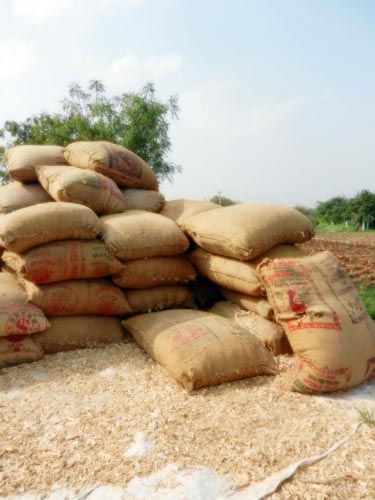
CIMMYT and ILRI already know that increasing the use of maize stover as animal fodder in India could “mitigate fodder shortages and halt increasing fodder costs,” according to this September blog post by Zaidi. The study on stover quality in commercial maize hybrids found variability but that “stover from some high-yielding popular (maize) hybrids is on par with or even better than the best sorghum stover traded.” “From a breeding standpoint, the major challenge with dual-purpose maize is to keep high yields,” Zaidi said. “In terms of increasing use, the major challenge is changing the negative perception and assumption that maize fodder is inferior to that of sorghum, which is not true.”
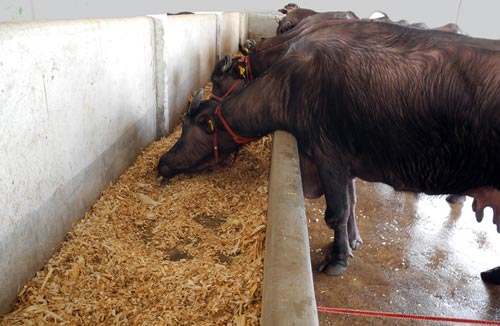
To address these challenges, CIMMYT and ILRI organized a workshop on dual-purpose maize at the International Crops Research. Institute for the Semi-Arid Tropics (ICRISAT) campus in Hyderabad, India, on 22 October. Participants came from the Directorate of Maize Research, the Sehgal Foundation and seed companies, including Godrej AgroTech, Limagrain Bioseed, Pioneer Hi- Bred and VNR Seeds. O.P. Yadav, project director of the Directorate of Maize Research in New Delhi, said he expected to gain “new insights into the needs and opportunities for including maize stover traits into the All India Coordinated Maize Program (AICMP).”
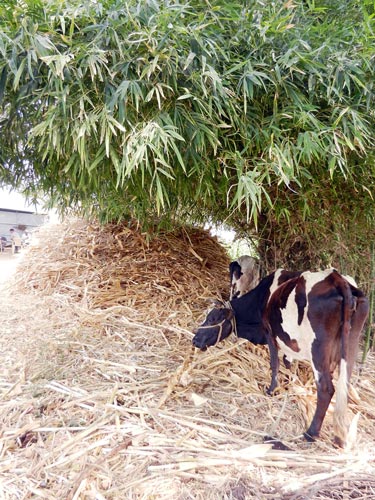
Presentations covered the available variations of dual-purpose traits in pipeline maize hybrids, targeted genetic enhancement for developing dual-purpose cultivars, association mapping to identify genomic regions related to maize quality and the economic impact of improved maize stover feed. Genomics-assisted breeding could be a useful for breeding dualpurpose maize and ILRI and CIMMYT developed a genomics selection-based 2014 work plan.
As part of the priorities defined in the workshop, CIMMYT, ILRI, AICMP and the private sector will work together to research pipeline hybrids and analyze the most popular released hybrids for feedfood- fodder traits. Participants also said targeted genetic enhancement should continue to generate superior food, feed and fodder traits for hybrids. The organizations will work to determine the importance farmers place on grain and stover traits, Blümmel said. Crop scientists, livestock scientists and key actors in fodder value chains such as farmers, fodder traders and middlemen, feed processors, dairy producers and seed enterprises all need to be involved in crop improvement for dual-purpose maize, he said.
For further reading: Potential for dual-purpose maize varieties to meet changing maize
 Nutrition, health and food security
Nutrition, health and food security 
